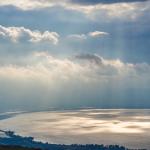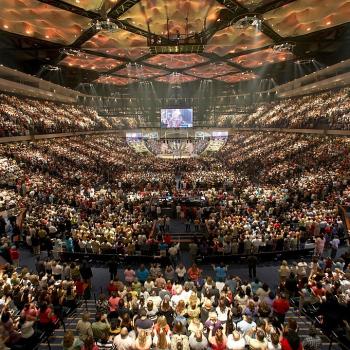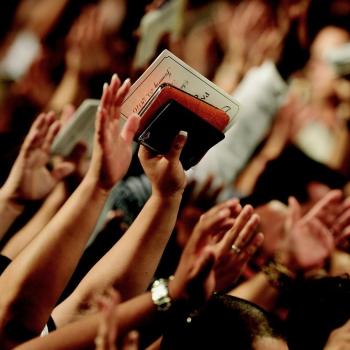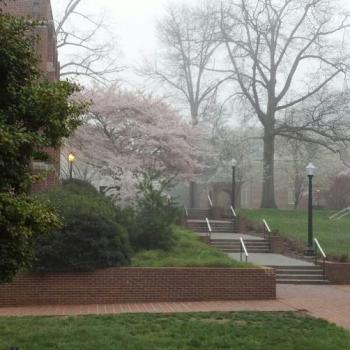Even the Wind and the Sea Obey, pt. 1
He did not speak to them except in parables, but he explained everything in private to his disciples. On that day, when evening had come, he said to them, ‘Let us go across to the other side.’ And leaving the crowd behind, they took him with them in the boat, just as he was. Other boats were with him. A great gale arose, and the waves beat into the boat, so that the boat was already being swamped. (Mark 4.34-37, NRSV)
You may not know, there have been countless shipwrecks on the Great Lakes. I have the map! There was also a storm in 1913 so bad it has its own map!
A veteran of the Navy told me that when this part of the country was being settled the best way around was by ship, but the ships were made for the sea. The captains and crews were from the sea, but storms are different on the Great Lakes. The ships, their captains, and their crews witnessed storms they had never seen before.
The Disciples are witnessing a storm like they had never seen before
They are running around bailing water, trying to keep the ship afloat.
Where is Jesus?
But he was in the stern, asleep on the cushion; and they woke him up and said to him, ‘Teacher, do you not care that we are perishing?’ (Mark 4.38)
What’s wrong with this picture?
The Sea of Galilee is not uncharted territory like the Great Lakes were. The Twelve had been on these waters. Some are Seasoned Fishermen. This is their trade, their business. The parents of James and John run a profitable fishing trade. Their father Zebedee has hired men. Their mother supports Jesus’ ministry financially (Mk 1.19-20; Mt 27.55-56; Mk 15.40-41).
So how bad is this storm that Seasoned Fishermen are afraid for their lives?
The Sea of Galilee in a basin surrounded by hills. Storms can arise quickly.[1]
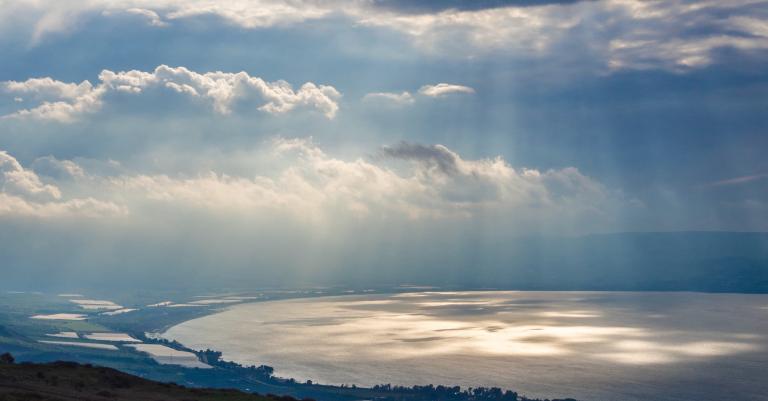
However, the Greek language suggests high winds, even a whirlwind. This must be an extraordinary storm for them to react the way they do.
But there is something deeper to consider – pun intended.
What does the sea, the raging sea represent in the ancient world?
The ancients believe in the waters above and the waters below. The windows of heaven rain down from above. But below, in the depths of the sea, is a primeval arena also known as Chaos.
So for the Jews, Genesis 1.1-2 is highly important:
In the beginning God created the heavens and the earth. The earth was formless and empty, and darkness covered the deep waters. And the Spirit of God was hovering over the surface of the waters (NLT).
This shows the Jews that God has power over Chaos that lies beneath the surface.[2]
Noah’s Ark is in the Bible, but it is also told by many ancient cultures. It is not fun, but a terrifying story about the waters of the deep breaking out and destroying civilization.
Some religions say the Great Flood is a cosmic battle between forces in the heavens and evil forces of the deep waters.
The ancient world believes that evil forces of the deep can break out at any moment and destroy civilization.[3]
In fact, even Jews during the time of Christ believe the sea is the dwelling place of demons.[4]
Our question: What does the raging sea represent in the ancient world?
The Twelve are not afraid of storms, but they’d never seen this one. So are they afraid of this storm, or afraid of what it represents?
What do storms represent for us?
Is our enemy ever in them?
Jesus is resting. The Disciples are frantic, but at least they cry out to Him. This is only the 2nd time that Mark records them speaking to Jesus.
During storms, can we regain our bearings, and call on The Name?
notes:
- Ben Witherington III, The Gospel of Mark: A Socio-Rhetorical Commentary (Grand Rapids, MI: William B. Eerdmans, 2001), 175.
- Sandra L. Richter, The Epic of Eden: A Christian Entry into the Old Testament (Downers Grove, IL: IVP Academic, 2008), 100.
- Richter, 145.
- Witherington, 176.



